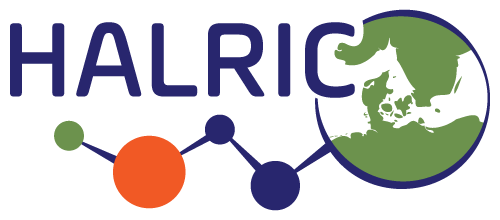
About HALRIC
Partners
| Sweden: | |
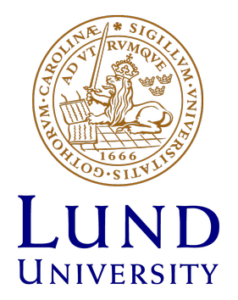 |
Lund University – Lead Partner in HALRIC LU has over 40 Research Infrastructures for life science, incl. Lund Protein Production Platform, Correlative Image Processing and Analysis, Lund Bioimaging Centre, BioMS (mass spectrometry) and LUNARC (computing center). LU also hosts the LINXS institute, who brings together scientists and researchers from around the world with life cience as a strategic research priority, alongside soft and hard matter. |
 |
MAX IV is a large-scale facility offering access to 16 modern beamlines within X-ray spectroscopy, scattering/diffraction and imaging. It contributes to solving scientific questions in a wide range of areas covering both academia and industry. |
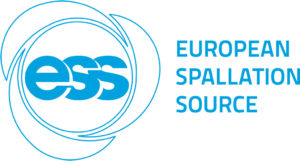 |
European Spallation Source (ESS) ESS in Lund is working to build the worlds most powerful neutron source and the first scientific users are expected in 2027. ESS will initially construct 15 neutron scattering instruments many of which are relevant for life science. |
 |
MAU houses strong cross-disciplinary research groups working within the Life Sciences. One example is the cross-faculty Biofilms-Research Center for Biointerfaces (BRCB) with a focus on phenomena related to biofilms and biologically relevant surfaces, along the research areas: 1) Oral Biology, 2) Prosthetic dentistry, 3) Biomedicine science and 4) Material science and applied mathematics. |
 |
The cross border perspective is essential, and Region Skåne has a long tradition of cooperation with stakeholders in Denmark and Hamburg. The Regional Development department facilitates the development of the eco system for the Life Science sector and the Research facilities. Skåne University Hospital (SUS) is the largest academic medical center in Southern Sweden. Our competences available to other partners in HALRIC includes: advanced data analysis at the meta-level; pseudonymized healthcare data for AI related simulations in a standardized format; and Advanced Therapeutic Medicinal Products (ATMP). |
|
Medicon Village Innovation (MVI) MVI provides access to the science park and its open, innovation-rich environment that actively promotes wide-ranging cooperation between researchers and between large and small companies. Medicon Village houses the entire health chain from prevention and diagnostics to treatment and care, with a focus on cancer, diabetes, respiratory, lung diseases and inflammatory diseases. |
|
|
|
Denmark: |
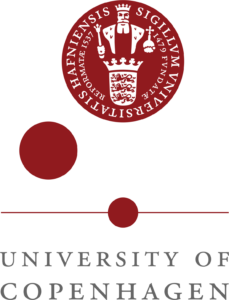 |
University of Copenhagen (UCPH) UCPH is home to numerous core facilities, including centers for advanced bioimaging, NMR spectroscopy, light and electron microscopy, small-angle x-ray scattering, flow cytometry and single cell analysis. Within HALRIC, UCPH will focus on the Center for Integrated Microscopy (CFIM) and the Copenhagen Center for Open NMR Spectroscopy (cOpenNMR).
|
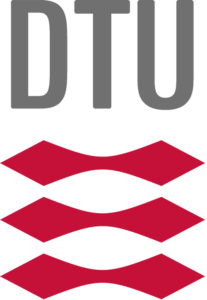 |
Technical University of Denmark (DTU) DTU has a broad foundation in technical research including biomedical and preclinical research. In relation to large-scale facilities, DTU has a particular focus on nano- and µCT and analysis of 3D imaging data. To support this, DTU has established the DTU 3D Imaging Center (3DIM), which is responsible for the tomography part of the DanMAX beamline at MAX IV. |
 |
Aarhus University is home to cryo electron microscopy (cryo-EM) and solid-state NMR. State of the art equipment for both techniques and the downstream data analysis are operated by the interdisciplinary nanoscience center and the dept for Molecular Biology & Genetics.
|
 |
University of Southern Denmark (SDU) SDU’s eScience center is the Danish national provider for research cloud services via the national DeiC Interactive HPC service. The eScience center will participate in the design and implementation of the Hanseatic Science Cloud (HSC) in the HALRIC project. |
 |
Rigshospitalet / Region Hovedstaden Rigshospitalet is part of the Capital Region of Denmark which is responsible for operating 11 hospitals. Rigshospitalet is a very research-intensive organization and in many clinical research disciplines it is among the best in the world. |
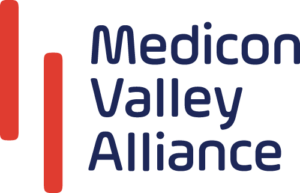 |
MVA is non-for-profit member-driven organisation with a mission to represent, strengthen and position the Øresund Region as the most competitive and vibrant life science cluster in the EU. MVA facilitates project management, communication & finance in HALRIC and other Interreg ÖKS funded projects. |
|
Germany: |
|
 |
UHH has strong expertise in all aspects of infection biology, structural biology and biophysics, associated with world leading infrastructure for electron microscopy and cross disciplinary research at the nano-bio interface. In HALRIC UHH will assist sample preparation and optimisation, as well as in data processing and analysis, for cross-border projects that access the infrastructures in the Hamburg region.
|
| |
Deutsches Elektronen-Synchrotron (DESY) DESY provides a large portfolio of instruments allowing to answer a broad range of biomedical questions both using imaging and scattering capabilities. DESY is home to PETRA III, the worlds largest storage ring generating X-ray radiation as well as FLASH, which produces ultrashort pulses of soft X-ray radiation. |
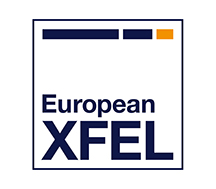 |
The European XFEL GmbH is an international single site research infrastructure that is jointly financed by 12 countries. It operates a unique 3.4 km long X-ray free-electron laser facility and |
 |
The European Molecular Biology Laboratory (EMBL) EMBL run three beamlines for macromolecular crystallography, X-ray imaging and Small Angle X-ray scattering at PETRA III. The Sample Preparation and Characterisation Facility (SPC) enables access to a high-throughput crystallisation and automated crystal harvesting platform, wet labs and a state-of-the-art Molecular Biophysics Facility. |
|
University Medical Center Hamburg-Eppendorf (UKE) UKE is a research facility and hospital in Northern Germany with strategic research themes in the area of infectious diseases, structural biology and cross-disciplinary research at the interface of basic biomedical science and nanotechnology. UKE will bring into HALRIC strong expertise in super-resolution microscopy, cryo-electron microscopy, proteomics, bioinformatics, and image analysis. |
|
 |
The Hamburg Ministry of Science, Research, Equalities and Districts (BWFGB) suppports the aim to develop a European Centre of Excellence for structural research in northern Europe. The campus around DESY/XFEL is currently developing into the Science City Hamburg Bahrenfeld. |
 |
LSN represents approximately 500 companies in medtech biotech and pharma, as well as university clinics and research organizations in the states of Hamburg and Schleswig-Holstein. LSN works to strengthen and interconnect the ecosystem and foster innovation in medicine.
|
|
Norway: |
|
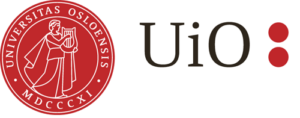 |
In HALRIC UiO is represented by the Faculty of Mathematics and Natural Sciences (MatNat Fak), the Faculty of Dentistry, and the Faculty of Medicine. MatNat Fak houses the Hylleras Centre for Quantum Molecular Sciences, which provides advanced computational tools and supercomputers for research in life sciences, while the Faculty of Medicine, through its connection to the Oslo University Hospital network, provides use of hospital infrastructure and access to patient data. |
